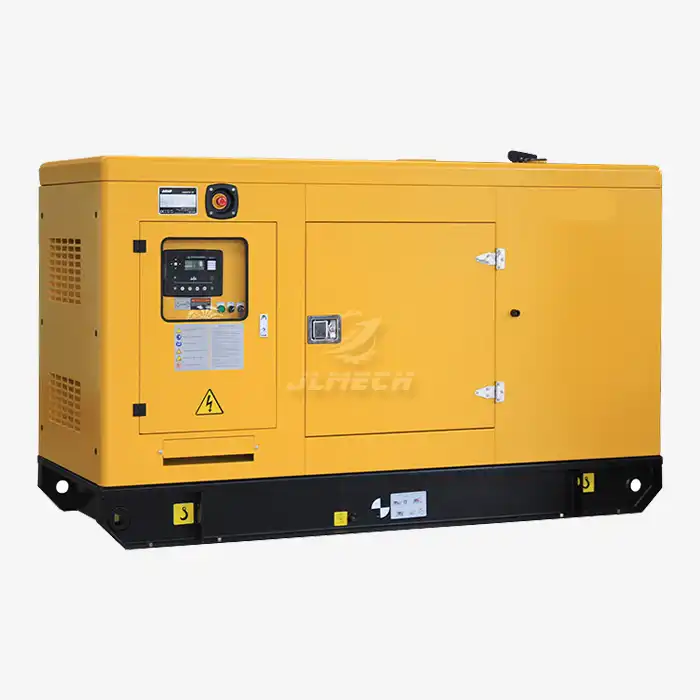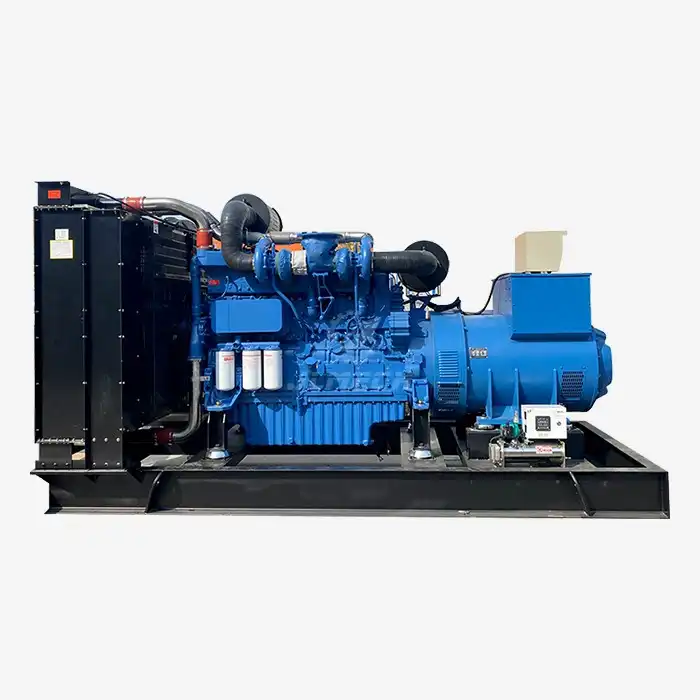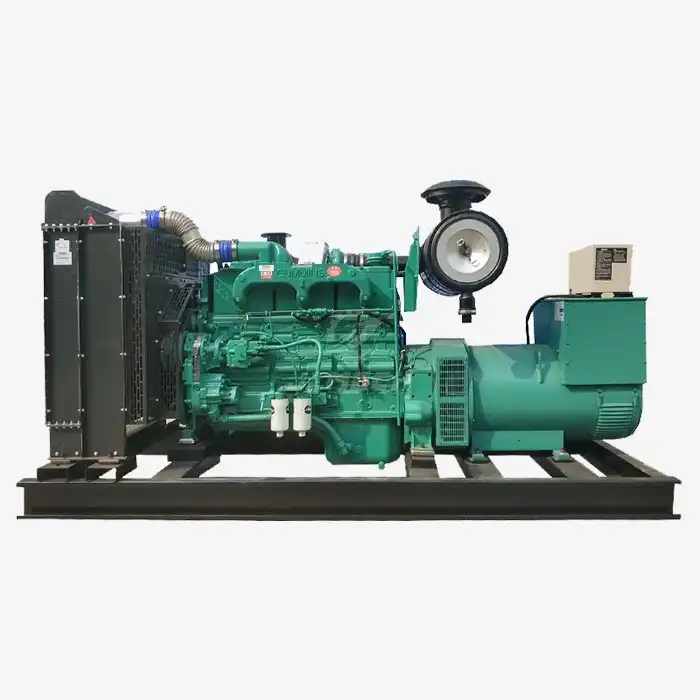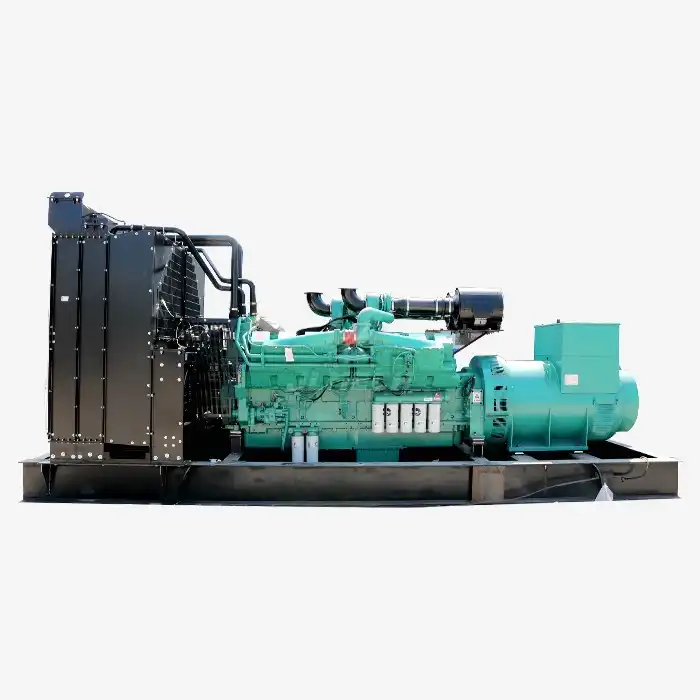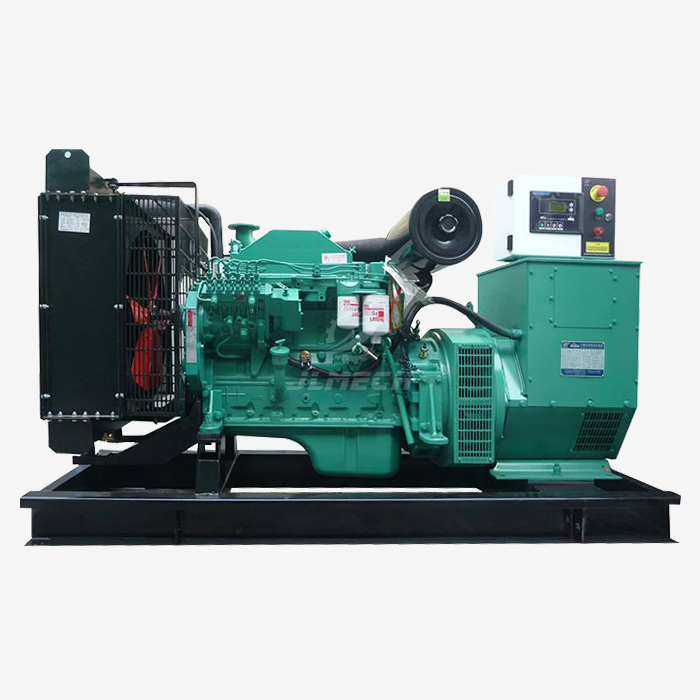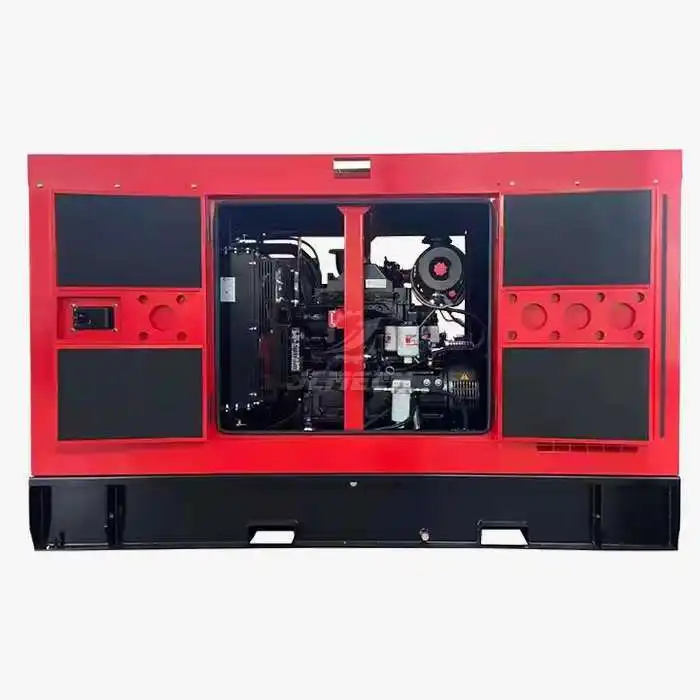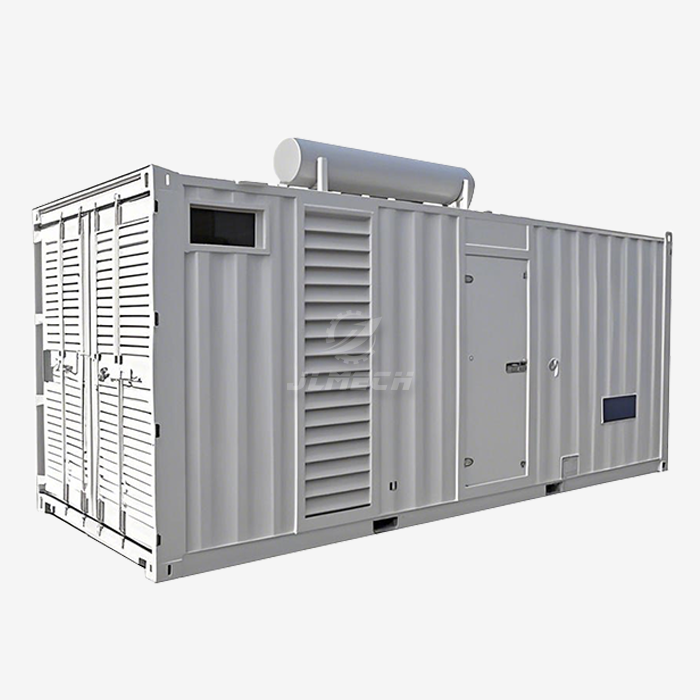What are the main protections used for generators?
Ensuring the reliable and safe operation of diesel generators is paramount. Unexpected failures lead to costly downtime, equipment damage, and potential safety hazards. A robust protection system acts as the generator's critical nervous system, constantly monitoring vital parameters and taking decisive action to prevent catastrophic events. Understanding these safeguards is essential for any operation relying on backup or prime power. This article delves into the main protection mechanisms employed, covering their classification, core functions, selection criteria, and why they are non-negotiable for your power security. We will explore essential safeguards like overcurrent, differential protection, loss of excitation, reverse power, over/under voltage and frequency, stator earth fault, and bearing monitoring.
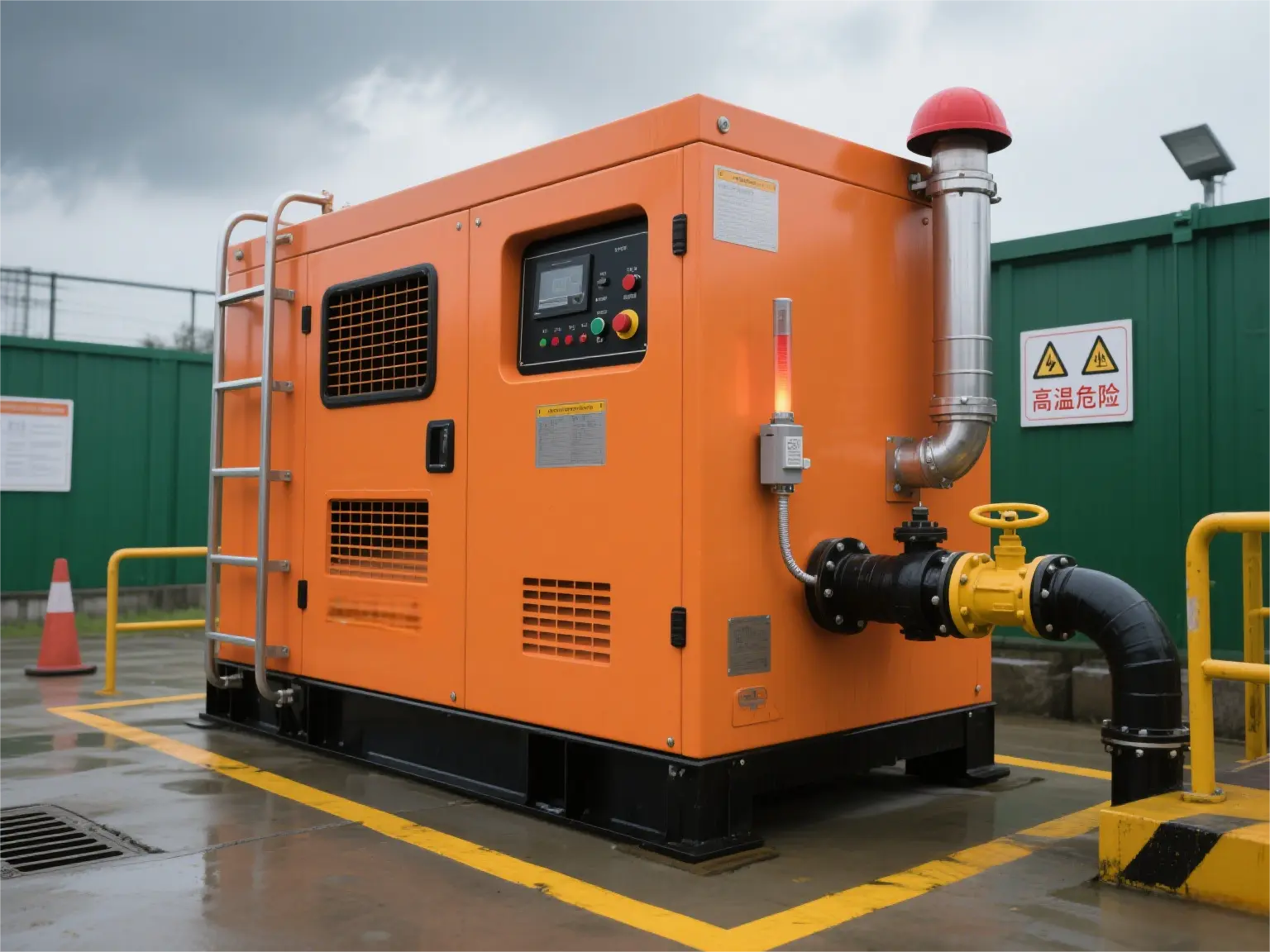
Classification
Generator protection systems are broadly categorized based on the type of fault or abnormal condition they address and the component they safeguard. The primary classifications include:
Electrical Fault Protections: These target faults within the generator's electrical circuits, such as short circuits (phase-to-phase, phase-to-ground) and winding failures. Examples include Overcurrent , Differential , Stator Earth Fault , and Negative Sequence / Unbalance .
Abnormal Operating Condition Protections: These guard against conditions that, while not immediate faults, can cause severe damage if sustained. Examples include Over/Under Voltage , Over/Under Frequency , Loss of Excitation , and Reverse Power .
Mechanical/Ancillary Protections: These monitor the physical health and supporting systems of the generator. Examples include Overheating (stator windings, bearings), Bearing Vibration/Monitoring, Overspeed , and Low Lube Oil Pressure.
System Interface Protections: These ensure safe synchronization and interaction with the connected electrical grid or load bus. Examples include Sync Check and Anti-Motoring . Selecting the right combination of these categories forms the foundation of the main protection strategy, tailored to the generator's application and criticality.
Core Protection Functions
Understanding the "why" and "how" of each core protection function is crucial:
Differential Protection: The cornerstone of stator winding protection. It compares current magnitude and phase angle entering and leaving the generator stator windings. Any significant internal fault (phase-phase or phase-ground) creates an imbalance, triggering an instantaneous trip. This is the most sensitive and fastest protection for internal faults.
Stator Earth Fault Protection: Detects faults between the stator windings and the generator frame (ground). Low-resistance grounding systems often use a time-delayed overvoltage relay monitoring the neutral point voltage displacement.
Overcurrent Protection: Provides backup protection for internal faults (if differential fails) and primary protection for external faults on connected circuits. Voltage-restrained or voltage-controlled versions are preferred as they remain sensitive during close-up faults where terminal voltage collapses. Time-delayed coordination with downstream breakers is essential.
Loss of Excitation: Detects failure of the generator's excitation system. Without excitation, the generator loses synchronism, absorbs reactive power like an induction motor, and overheats the rotor. Protection typically uses impedance relays monitoring the terminal impedance locus moving into the characteristic operating zone.
Reverse Power Protection: Prevents the generator from acting as a motor ("motoring") if the prime mover (diesel engine) fails while the generator breaker is closed. This condition can severely damage the engine. The relay measures real power flow direction and trips if power flows into the generator for a set time.
Over/Under Voltage & Over/Under Frequency: Protect connected equipment from damage due to sustained voltage or frequency deviations outside acceptable limits, which can occur due to load rejection, grid instability, or governor/AVR malfunctions. Settings must coordinate with system requirements.
Negative Sequence / Unbalance Protection : Protects the rotor from overheating caused by unbalanced stator currents (e.g., single-phase loads, open phases, phase-phase faults). Negative sequence currents induce double-frequency currents in the rotor causing excessive heating.
Bearing Monitoring & Overheating : Critical for detecting mechanical issues. Vibration sensors detect abnormal bearing wear or misalignment. Temperature sensors (RTDs or thermocouples) embedded in bearings and stator windings provide direct thermal monitoring, tripping on excessive temperature rise. Overspeed protection is vital for preventing catastrophic mechanical failure if the engine governor fails. Implementing this comprehensive suite constitutes the essential main protection functions safeguarding your valuable asset.
Selection Criteria
Choosing the right protection system is not one-size-fits-all. Key factors must guide your decision:
Generator Application & Criticality: Is it prime power, continuous standby, or emergency backup for life safety? Mission-critical applications demand more comprehensive and redundant protection schemes.
Generator Size and Voltage Rating: Larger units and higher voltage generators typically justify more sophisticated and costly protection. Smaller units might use simpler schemes but core protections remain vital.
Grounding Method: The system grounding (high-resistance, low-resistance, solidly grounded) dictates the type and sensitivity of stator earth fault protection required.
Prime Mover Type: Diesel engines have specific needs like robust reverse power protection due to the risk of unburned fuel accumulation during motoring.
Grid Connection Requirements: Generators paralleled with a utility grid must adhere to specific protection and control standards (e.g., anti-islanding, specific relay settings) mandated by the utility.
Control System Integration: Should the protection relays integrate with a central control/monitoring system (SCADA, PLC) for remote visibility, data logging, and event analysis?
Regulatory Standards: Compliance with local and international standards (e.g., IEEE C37.102, IEC 60255, NFPA 110 for emergency systems) is mandatory. These dictate minimum protection requirements.
Cost vs. Benefit: Balance the initial investment in protection hardware and engineering against the potential cost of generator failure, downtime, and equipment damage. Investing in core main protection is always justified. Consulting with protection engineering specialists is highly recommended for complex installations.
Conclusion
The main protection systems outlined – Differential, Stator Earth Fault, Overcurrent, Loss of Excitation, Reverse Power, Voltage/Frequency Monitoring, Negative Sequence, and Mechanical Protections – form the essential shield for your diesel generator. Neglecting these safeguards risks severe financial loss through downtime and repairs, jeopardizes personnel safety, and compromises the reliability of your entire power system. Implementing a correctly specified, installed, and maintained protection scheme is not an optional extra; it's a fundamental requirement for responsible generator ownership and operation.
At JLMECH, we possess deep expertise in diesel generator technology and robust power protection strategies. We understand that your generator is a critical asset, and its protection cannot be compromised. Our commitment to engineering excellence and quality assurance means every JLMECH generator is designed with safety, reliability, and longevity at its core. Our expert team doesn't just supply generators; we provide comprehensive power solutions tailored to your specific operational needs and risk profile.
Don't leave your critical power security to chance. Contact JLMECH today. Our specialists are ready to help you select the optimal generator equipped with the precise protection systems your application demands. For detailed information on our custom-engineered diesel generators and integrated protection packages designed to meet your unique power requirements, please reach out to us at skala@whjlmech.com. Let's ensure your operations remain powered, protected, and productive.
References
IEEE Std C37.102-2006 (Revision of IEEE Std C37.102-1995): IEEE Guide for AC Generator Protection.
IEEE Std C37.101-2006: IEEE Guide for Generator Ground Protection.
IEC 60255 Series: Measuring Relays and Protection Equipment - International Standards covering various protection relay functions and testing.
NFPA 110: Standard for Emergency and Standby Power Systems (Specific protection requirements for emergency generators, particularly Level 1 installations).
Generator Protection Application Guides - Major Protection Relay Manufacturers (e.g., Siemens, GE, SEL, ABB).
Power System Protection (Textbooks) - e.g., by J. Lewis Blackburn, Thomas J. Domin.



